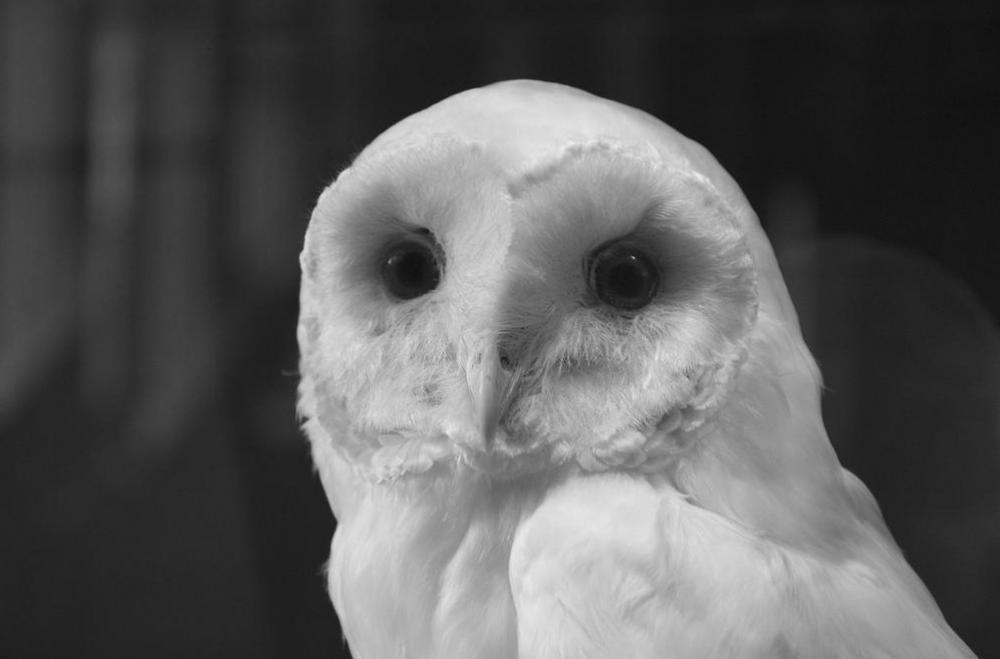At AllThingsNature, we're committed to delivering accurate, trustworthy information. Our expert-authored content is rigorously fact-checked and sourced from credible authorities. Discover how we uphold the highest standards in providing you with reliable knowledge.
What Is a Prairie Rattlesnake?
The prairie rattlesnake is the most common subspecies of Crotalus viridis. It is a venomous pitviper native to western North America. Prairie rattlesnake is the most common name, but is also referred to as a western rattlesnake, or sometimes a plains rattlesnake.
A prairie rattlesnake is usually identified by its triangular head, distinctive rattle, and pit organs on the face. Prairie rattlesnakes are usually shades of green and brown, and have a set of dark brown patches along their dorsal side, or back. Their ventral side, or stomach, is usually grey or white in color. Adult rattlesnakes are usually near 35 inches (90 centimeters) in length.

All pitvipers are characterized by pit organs on each side of the head, located between the nostrils and the eyes. Pit organs allow the snakes to sense heat. The pit organ, along with the sense of smell that snakes possess in their tongues, allows pitvipers to more accurately locate prey. Sensing heat through the pit organ also allows snakes to actively regulate their body temperature by moving to the most advantageous location.

Prairie rattlesnakes, as the name suggests, most commonly inhabit prairies or grasslands. They are most commonly found in the western United States, northern Mexico, and southwestern Canada. Like all snakes, they are cold-blooded, and are thus usually found in the warm sun during the mild part of the day, and in burrows, dens, or caves when the weather is cold or too hot. Prairie rattlesnakes usually inhabit burrows or shelters that were dug by other animals, and multiple snakes may share the same den. Rattlesnakes hibernate during the winter, and it is not uncommon for hundreds of prairie rattlesnakes to hibernate in one shelter.

Small rodents and birds are the most common prey of a prairie rattlesnake, although rattlesnakes may also eat amphibians, and other snakes. The snakes strike at their prey with their fangs, delivering a dose of venom to the animal. Rattlesnake venom works to both paralyze and partially breakdown the prey, allowing the snake to remain out of harm’s way until the prey is docile enough to be consumed. The venom of prairie rattlesnakes is dangerous to humans, however, the snake is not aggressive, so human deaths are rare.
Common predators of the prairie rattlesnake are birds of prey, such as hawks and owls. The snakes use their rattles to make a rattling sound to warn and intimidate predators when they get close. The rattle itself is made by a set of hollow keratin, or stiff protein, pieces at the tip of the snake’s tail. By rapidly twitching specialized muscles near the tail, rattlesnakes are able to produce the characteristic rattling sound.
In addition to predators, another significant danger to prairie rattlesnakes is human development. Development and expansion of cities and industry compromises or destroys rattlesnake habitat. Prairie rattlesnakes are not an endangered species, but they are protected in some regions.
Frequently Asked Questions
What is a Prairie Rattlesnake?
The Prairie Rattlesnake (Crotalus viridis) is a venomous pit viper species native to the western United States, southwestern Canada, and northern Mexico. It is characterized by its distinctive rattle, a series of interlocking keratin segments at the end of its tail, which it uses as a warning signal to potential predators.
Where can Prairie Rattlesnakes be found?
Prairie Rattlesnakes inhabit a range of environments from Canada's southern prairies to northern Mexico. They are commonly found in grasslands, scrublands, and rocky outcrops. Their adaptability allows them to thrive at various elevations, from sea level to mountainous regions, making them a widespread species across their range.
How dangerous is the venom of a Prairie Rattlesnake?
The venom of a Prairie Rattlesnake is potent and can be life-threatening to humans if not treated promptly. It contains a mix of hemotoxins and neurotoxins that can cause severe tissue damage and disrupt blood clotting. However, fatalities are rare due to the availability of effective antivenom and medical care.
What do Prairie Rattlesnakes eat?
Prairie Rattlesnakes are carnivorous predators that primarily feed on small mammals like mice, rats, and ground squirrels. They also consume birds and occasionally other reptiles. They employ a sit-and-wait hunting strategy, using their heat-sensing pits to detect warm-blooded prey before striking with precision.
How do Prairie Rattlesnakes behave during winter?
During the colder winter months, Prairie Rattlesnakes enter a state of brumation, which is similar to hibernation. They retreat to communal dens, often in rocky crevices or burrows, where they remain largely inactive until spring. This period of dormancy helps them conserve energy when food is scarce and temperatures are too low for normal activity.
Are Prairie Rattlesnakes protected or endangered?
Prairie Rattlesnakes are not currently listed as endangered, but their populations are monitored due to habitat loss and human encroachment. In some areas, they are protected under local or state laws. Conservation efforts focus on preserving their natural habitats and educating the public about the ecological role of these snakes.
AS FEATURED ON:
AS FEATURED ON:













Discuss this Article
Post your comments